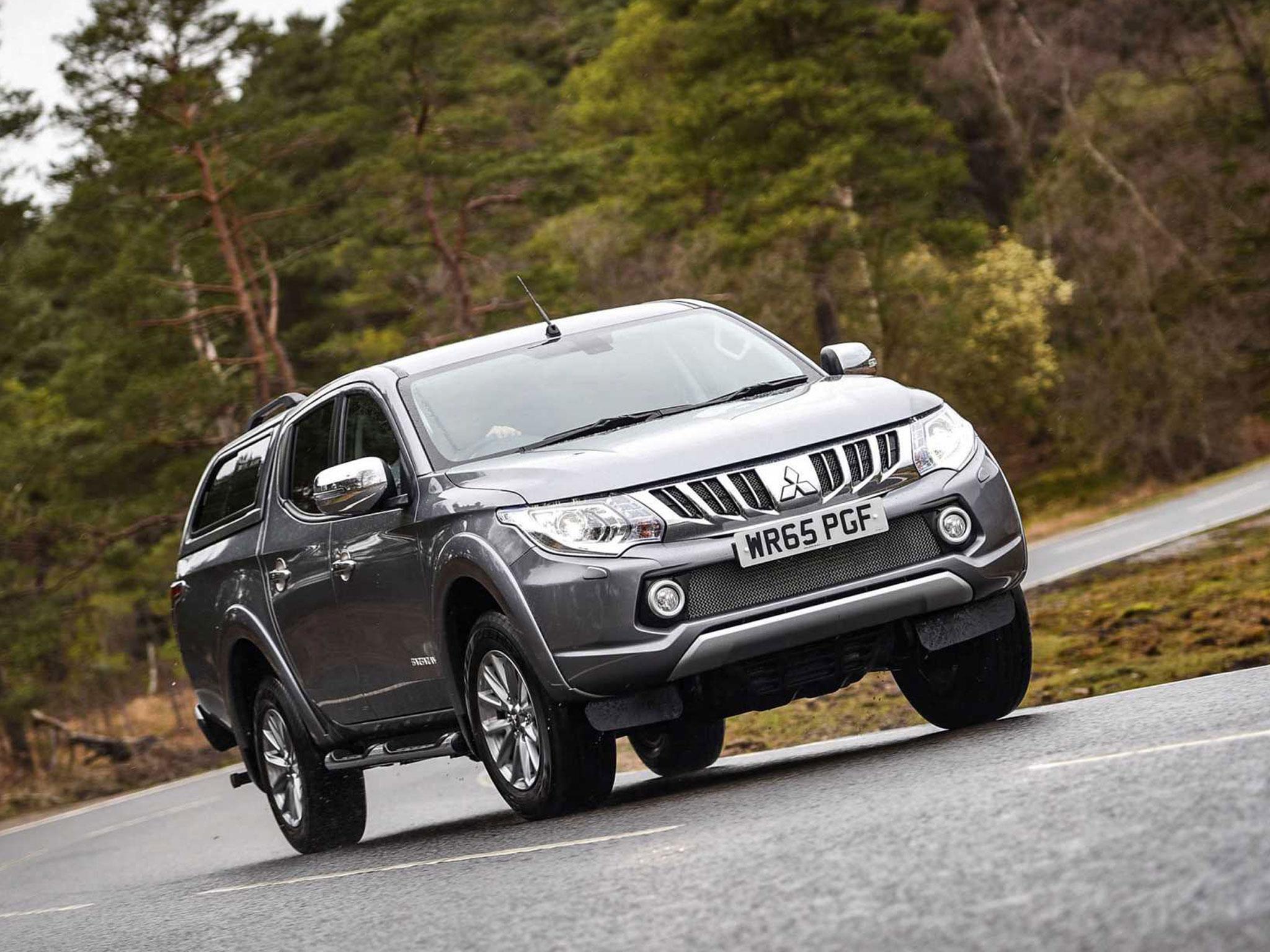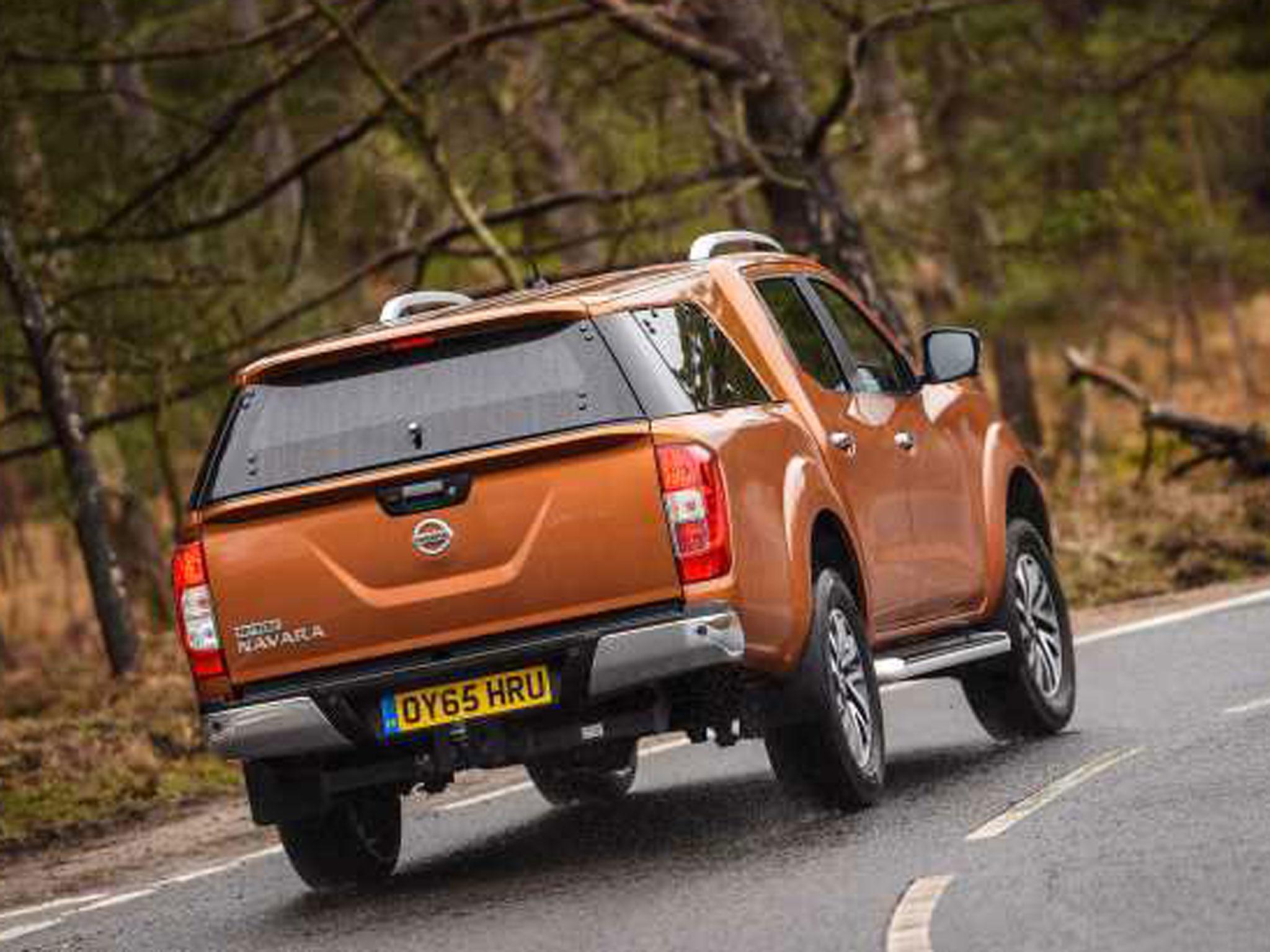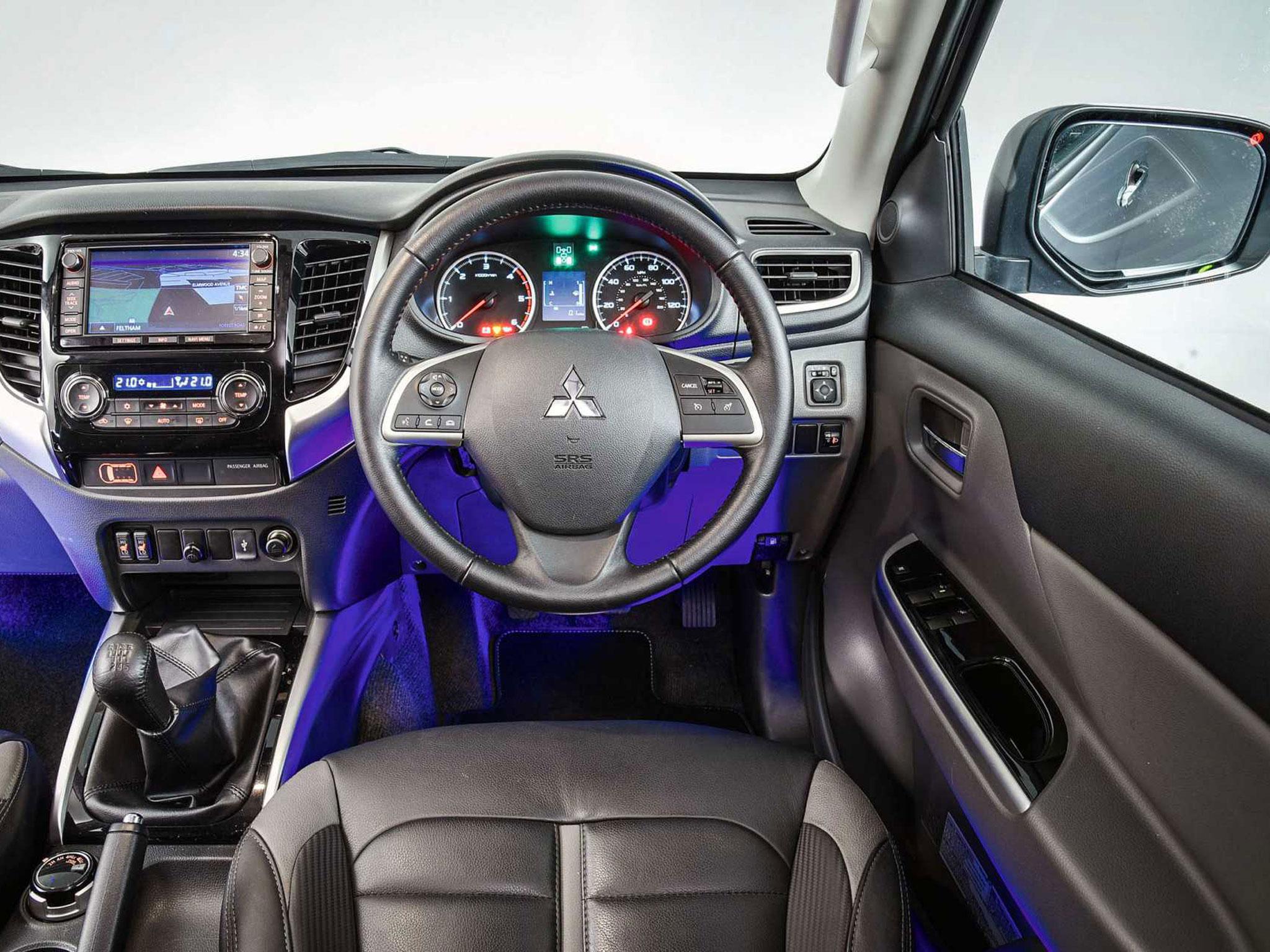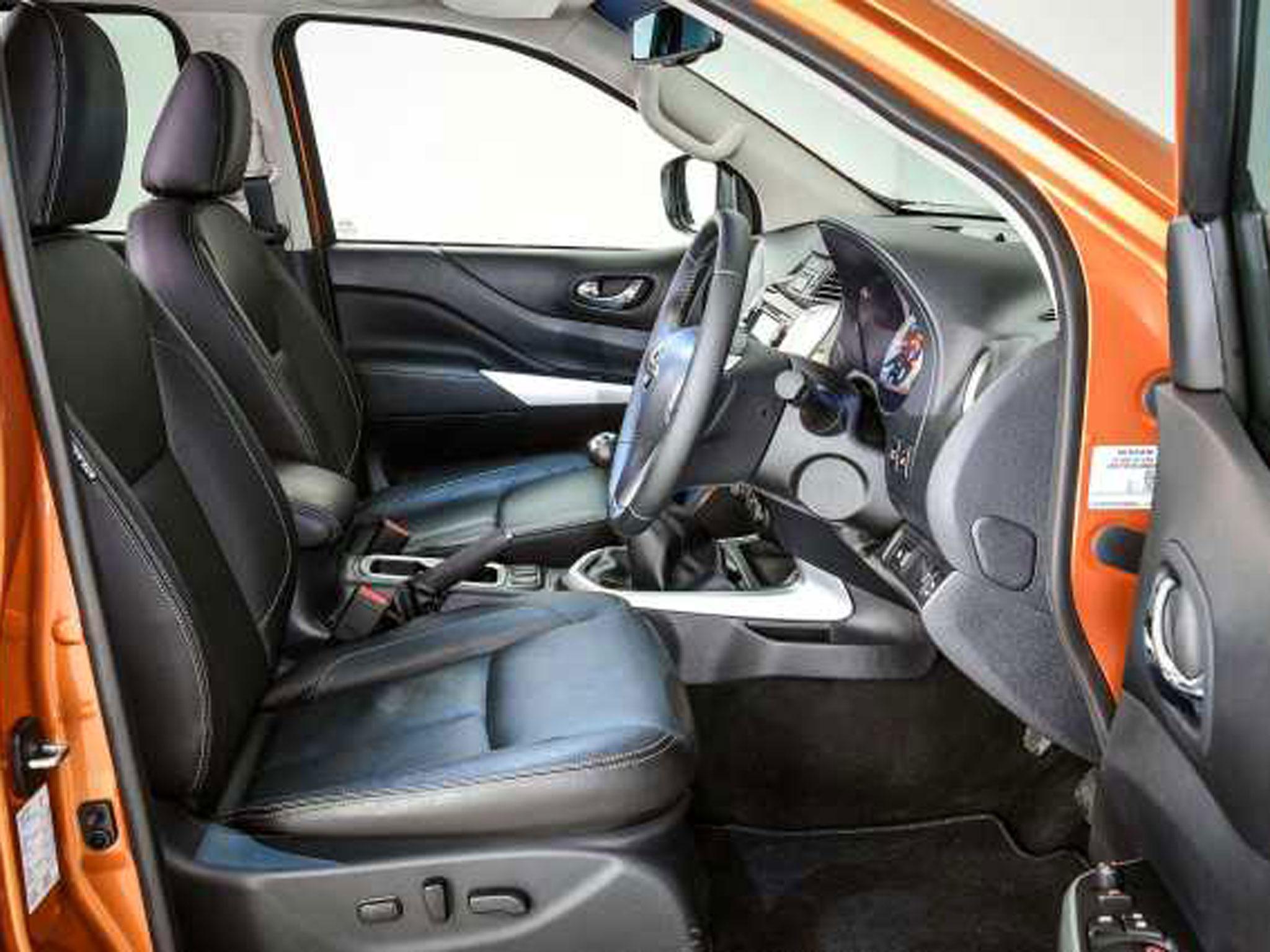Nissan Navara vs Mitsubishi L200: Which is the pick of the pick-ups?
As well as being practical, the double-cab models tested here make great family transport

Your support helps us to tell the story
From reproductive rights to climate change to Big Tech, The Independent is on the ground when the story is developing. Whether it's investigating the financials of Elon Musk's pro-Trump PAC or producing our latest documentary, 'The A Word', which shines a light on the American women fighting for reproductive rights, we know how important it is to parse out the facts from the messaging.
At such a critical moment in US history, we need reporters on the ground. Your donation allows us to keep sending journalists to speak to both sides of the story.
The Independent is trusted by Americans across the entire political spectrum. And unlike many other quality news outlets, we choose not to lock Americans out of our reporting and analysis with paywalls. We believe quality journalism should be available to everyone, paid for by those who can afford it.
Your support makes all the difference.Pick-up trucks are the ultimate in practical transport – and thanks to car-like kit levels and on-road manners, the double-cab models tested here make great family transport as well. Even better for business users, light commercial vehicles (LCVs) attract generous company tax concessions, making them cheaper to own than a large SUV.
Mitsubishi’s no-nonsense L200 has always been a popular choice, and a refresh late last year gave it an improved interior, better refinement, and new, cleaner engines. Meanwhile, Nissan's Navara has more recently been overhauled, and it now boasts revised rear suspension and a more car-like cabin. We pitch them head-to-head to see which is the top truck.
Thanks to their old-school ladder chassis and heavy bodywork, neither pick-up is going to offer the last word in on-road refinement, but they’re both still pretty impressive. And while the Mitsubishi’s 2.5-litre diesel engine is 10bhp down on the Nissan’s 2.3, the L200 covers the 0-60mph sprint more quickly thanks to its lighter weight. The Navara’s unit is more flexible, however, pulling better from low revs. This counts for a lot in a hard-hauling pick-up.

Nissan Navara NP300 190 Acenta+
- Engine size: 2.3-litre, diesel
- Price from: £26,450
- Target Price: £24,261
- Power: 188bhp
- Torque: 332lb ft
- 0-62mph: 10.5sec
- Top speed: 114mph
- Fuel economy: 44.1mpg (Average Gov't)
- CO2 emissions: 169g/km
Both engines are vocal throughout the rev range, while the short-spaced gearchanges are notchy and less than smooth. Wind and road noise are pronounced as well, although the Nissan is slightly more refined from the cabin.
Dynamically, a vehicle designed to carry heavy loads and head off-road is never going to be the last word in on-tarmac fun, but the Mitsubishi stays flatter round fast corners and has more consistently weighted steering. It doesn’t touch an SUV for braking and handling control, however.
Ride in both models is equally basic, transmitting bumps into the cabin. The Navara’s softer, more sophisticated rear suspension is slightly more comfortable in town, though, if a bit bouncy at a fast cruise.
Inside their five-seat double-cab interiors, the two contenders offer plenty of room. The driving positions are high, with lots of adjustability, and forward visibility is good. There’s more rear space in the Nissan, however.

Mitsubishi L200 Series 5 Double Cab Titan
- Engine size: 2.5-litre, diesel
- List price: £24,898
- Target Price: £24,437
- Power: 178bhp
- Torque: 317lb ft
- 0-62mph: 10.3sec
- Top speed: 111mph
- Fuel economy: 42.8mpg (Average Gov't)
- CO2 emissions: 173g/km
Both cabins betray their workaday roots with a sturdy, no-nonsense approach to design and build, but the Navara’s is a little more refined, having borrowed much of its trim from the manufacturer’s car range. In our Acenta+ trim, its monochrome-screened DAB radio unit is basic, if easy to use; the Titan-spec L200 gets a simple 6.1in colour touchscreen with a single rotary dial.
Both models also boast climate and cruise control, leather steering wheel, seven airbags, electric windows, Bluetooth, USB port, keyless entry and start, plus automatic lights. The Navara adds bigger alloys and a reversing camera, while the Mitsubishi has dusk-sensing headlamps.
Ultimate load-carrying kudos goes to the Nissan, with its 1052kg versus 1045kg payload, slightly longer, lower load bay and wider access. The L200’s bed is deeper, though, and has hydraulic tailgate struts. It can pull a braked trailer of up to 3100kg, against the Navara’s 3500kg.

Running either model as a company car will mean monthly tax payments of £105 for a 40% taxpayer, plus £50 to include private fuel. Official figures show the Navara to be the more economical choice, and it has cheaper contract hire rates, too. On paper it costs around £1500 more to buy outright as a private buyer, but haggling should get you a good discount, while it’ll cost nearly £1300 less than the L200 to run over three years. PCP finance deals work more in its favour as well.
Both models provide a decent alternative to the usual SUVs, and we like the L200’s strong performance and relatively decent handling. It’s not especially refined, however, even within pick-up parameters, whereas Nissan has moved the game on with the Navara. It’s more comfortable, roomy and luxurious, plus can tow greater loads and has a more practical load bay. It’s one of the best trucks on the market, and our pick here.
Join our commenting forum
Join thought-provoking conversations, follow other Independent readers and see their replies
Comments